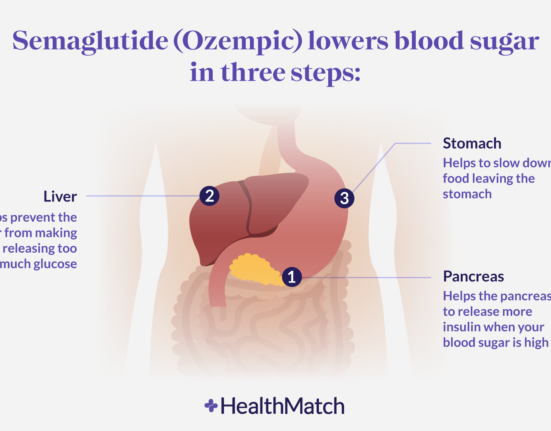There are many things to consider when generating a health estimate. A good faith estimate, the data collection method, the diagnostic criteria, and measurement method, and the sample size are just a few. It’s important to understand these factors before proceeding with an estimate. Keeping these factors in mind will improve the quality and transparency of health estimate reporting.
Good faith estimate
Good faith health estimates are documents that provide patients with an idea of the costs associated with the care they will receive. These documents must be provided before any medical services are scheduled and within a specified time frame. They must be detailed and comprehensive, and they must include the charges for each service and item. They must also be communicated to patients in a clear and accessible manner.
These documents must also account for the unique characteristics of the patient. For example, the type of surgery a patient has may require specialized instruments or techniques that are more expensive. It may also be more time-consuming and more costly than a generic procedure. This information can also help the doctor determine a more accurate estimate since the previous experience with similar patients can be considered. A good faith health estimate should be specific to each patient and should reflect these factors.
Data collection method
Data collection methods are an important issue when preparing health estimates. International agencies use statistical models to generate estimates based on multiple sources of national data, such as population surveys, health management information systems, and civil registration. These estimates have a variety of limitations and should be reported with a clear explanation of the methods used and the sources of bias.
Data collection methods vary and can include self-reports and observer reports. Some organizations use this method as a secondary source to supplement their direct efforts. However, these methods have limitations, and they do not involve as many people as other types of data.
Diagnostic criteria or measurement method
One approach to make a health estimate more accurate is to include diagnostic criteria or measurement methods. This is done by developing a method to measure health based on a variety of variables. An example of this is the use of standardized test results. These test results are commonly used in health care.
Diagnostic criteria and measurement methods are used in a wide range of applications, from monitoring disease to estimating the risks of disease. They can be used by governments, funding agencies, and non-governmental organizations to make health estimates. They can be used to track changes over time and can provide a more complete picture of health and mortality. However, when they are not consistent and are inaccurate, they may lead to a lack of confidence in the results.
Sample size
When designing a health study, the sample size used in an analysis is an important factor. It should be as large as possible, while still allowing for some error. In general, researchers recommend two to five percent as a lower limit. The larger the sample size, the better the results. However, there are a number of factors that can influence how large or small a sample should be.
First of all, the type of statistical test used in the research will influence the sample size. There are two types of tests: parametric tests and non-parametric tests. Parametric tests tend to be more sensitive to differences between groups, and therefore require fewer samples than non-parametric tests.
Reporting guidelines
There are many stakeholders involved in the development of reporting guidelines for health estimates. The development process should be based on a sound methodology that can be widely accepted in the publishing community. The CONSORT statement and QUORUM / PRISMA reporting guidelines are two such guidelines. Both are open-access articles that are distributed under a Creative Commons Attribution License.
The guidelines are intended to help health researchers conduct health estimates more accurately and transparently. They aim to improve the science of population health measurement. These guidelines were developed by experts from around the world. Among them are Gretchen Stevens of the World Health Organization, Christopher Murray of the University of Washington, and Tom Achoki of the Institute for Health Metrics and Evaluation.








57 Comments